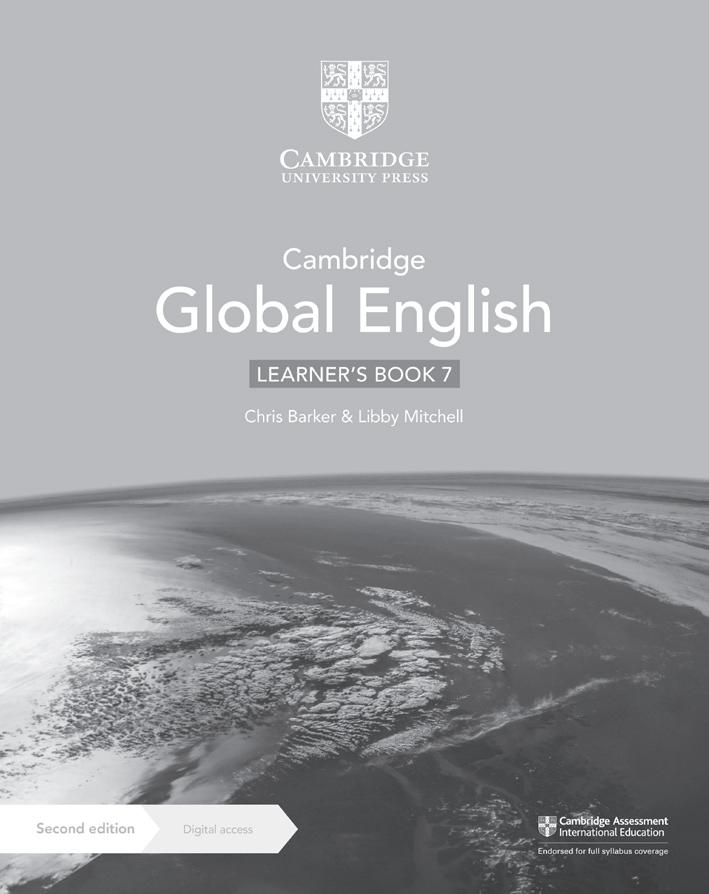CAMBRIDGE GLOBAL ENGLISH 7: TEACHER’S RESOURCE
How to use this Teacher’s Resource
FT
This Teacher’s Resource contains both general guidance and teaching notes that help you to deliver the content in our Cambridge Global English resources. Some of the material is provided as downloadable files, available on Cambridge GO. (For more information about how to access and use your digital resource, please see inside front cover.) See the Contents page for details of all the material available to you, both in this book and through Cambridge GO.
Teaching notes
This book provides teaching notes for each unit of the Learner’s Book and Workbook. Each set of teaching notes contains the following features to help you deliver the unit.
A
The Unit plan summarises the lessons covered in the unit, including the number of learning hours recommended for the lesson, an outline of the learning content and the Cambridge resources that can be used to deliver the lesson. Approximate number of learning hours
Outline of learning content
Learning objective
Resources
1 Meeting and greeting
1.75–2
Talk about customs of meeting and greeting around the world.
7Lm.01 7Sc.04 7Rm.01 7Wca.07
Learner’s Book Lesson 1.1 Workbook Lesson 1.1 Digital Classroom: video – Meeting and greeting
R
Lesson
D
The Background knowledge feature provides information which helps the teacher to familiarise themselves with the cross-curricular and international content in the unit.
Learners’ prior knowledge can be informally assessed through the Getting started feature in the Learner’s Book.
BACKGROUND KNOWLEDGE Fabergé eggs. Between 1885 and 1917, the Russian jeweller Peter Carl Fabergé and his company produced a series of eggs made of precious materials, for example gold, and precious stones.
TEACHING SKILLS FOCUS The Teaching skills focus feature covers a teaching skill and suggests how to implement it in the unit.
Active listening is the ability to fully focus on a speaker, understand their message, comprehend the information and respond thoughtfully.
10 Original material © Cambridge University Press 2020. This material is not final and is subject to further changes prior to publication.



